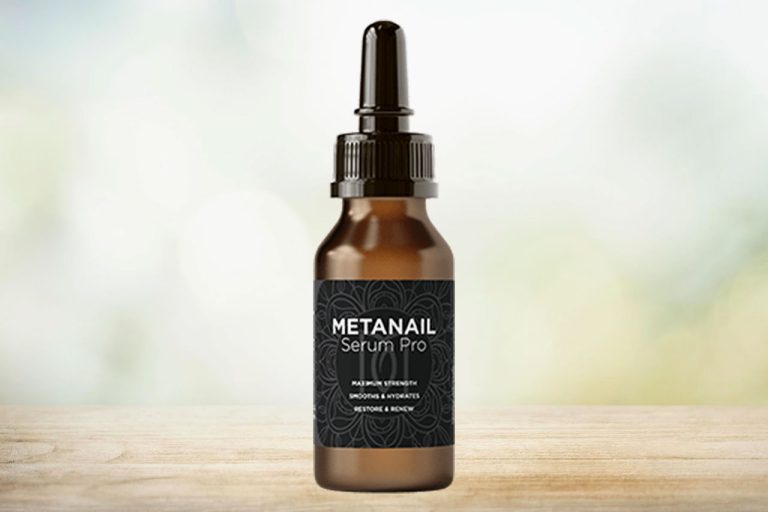Feverfew is another alternative to the traditional prescription drugs to prevent migraines.
Botany
A common garden flower (Tanacetum parthenium) sometimes called a “summer daisy,” feverfew has been used as a medicinal plant since medicine began and is one of the most interesting and potentially valuable of herbs. It’s been used to treat headaches, menstrual irregularity, and fever. Pharmacologists say it is likely that the sesquiterpene lactones in feverfew inhibit prostaglandin and histamine released during the inflammatory process, preventing the vascular spasms that cause migraines.
History
Currently feverfew is a popular herbal remedy for prevention and treatment of migraine. In traditional and folk use, feverfew is touted for multiple ailments. Its use as a febrifuge (that which reduces fever) gave rise to the common name feverfew.
Clinical Trials
There are two randomized, placebo-controlled trials of feverfew for prevention of migraine. In one London clinic, Johnson et al enrolled patients with a diagnosis of common or classic migraine, a history of at least two years duration, not more than eight attacks per month, and self-prescribed continuous daily use of feverfew for at least three months. Seventeen of 20 patients agreed to participate. The group taking placebo showed significant increase in migraine attacks, while the group using feverfew showed no significant change in frequency or severity of attacks. Two patients in the placebo group discontinued the study before completion because their symptoms increased.
Murphy et al conducted a prospective randomized, double-blind, placebo-controlled trial of feverfew for migraine prophylaxis. There was a 24% reduction in the number of attacks during feverfew treatment, but no significant change in the duration of individual attacks. There was a significant reduction in associated nausea and vomiting and a non-significant trend toward reduction in attack severity. Assessments showed that feverfew was better than placebo.
It should be noted that these studies are at times cited as support for feverfew treatment of migraine, but neither study involves an arm of active treatment for acute attacks. Also of note is that routine hematological and blood chemistry, urine analysis, blood pressure, and pulse revealed no abnormalities in either clinical trial described above.
Adverse Effects
Occasional mouth ulcerations have been reported with the use of fresh leaves, but have not been reported with the use of dried leaves in capsules. When asked specifically about mouth ulcerations, those in the Murphy et al treatment group reported this effect less often than the placebo group. Other reported adverse effects include contact dermatitis, palpitations, indigestion, colicky abdominal pain, weight gain, and inflammation of the lips, mouth, and tongue. Adverse effects reported at or below the frequency of placebo include dizziness, light-headedness, slightly heavier periods, heartburn, skin rash, and diarrhea. Abrupt discontinuation of feverfew after several years of use has led to the recurrence of incapacitating migraine.
Contraindications
Feverfew is contraindicated in individuals with known hypersensitivity to other members of the Asteraceae family, such as chamomile, ragweed, and yarrow. Feverfew is contraindicated during pregnancy. There is no information on feverfew excretion in breast milk. There are no data for use in children.
Herb-Drug Interaction
Feverfew may interact with aspirin and other blood-thinners to increase their blood thinning capabilities. If you take a blood thinner, your blood counts will need closer monitoring so be sure and let your doctor know if you plan to try feverfew.
Recommendation
To attain the maximum benefit from Feverfew, it should be taken daily as a migraine preventive. For migraine prevention, parthenolide plays an important role. The parthenolide content in feverfew is highly variable in different populations grown in different locations or harvested at different times of the year.
Dosage/Formulation
The average dosage is 125 mg. of freeze-dried powdered leaf (standardized to 0.2% parthenolide) per day.
Alternatively, you could try the fresh leaves: one fresh leaf taken two to three times daily with food (swallow whole, don't chew the leaf) is the dose recommended by herb experts.
So, this is one of the few cases where a standardized extract may be more desirable than the whole plant, with a lot to be said for fresh or freeze-dried preparations. If you want to use the fresh plant, the flowers have a higher parthenolide content than do the leaves. If you are picking the leaves, they are best just before flowering.







